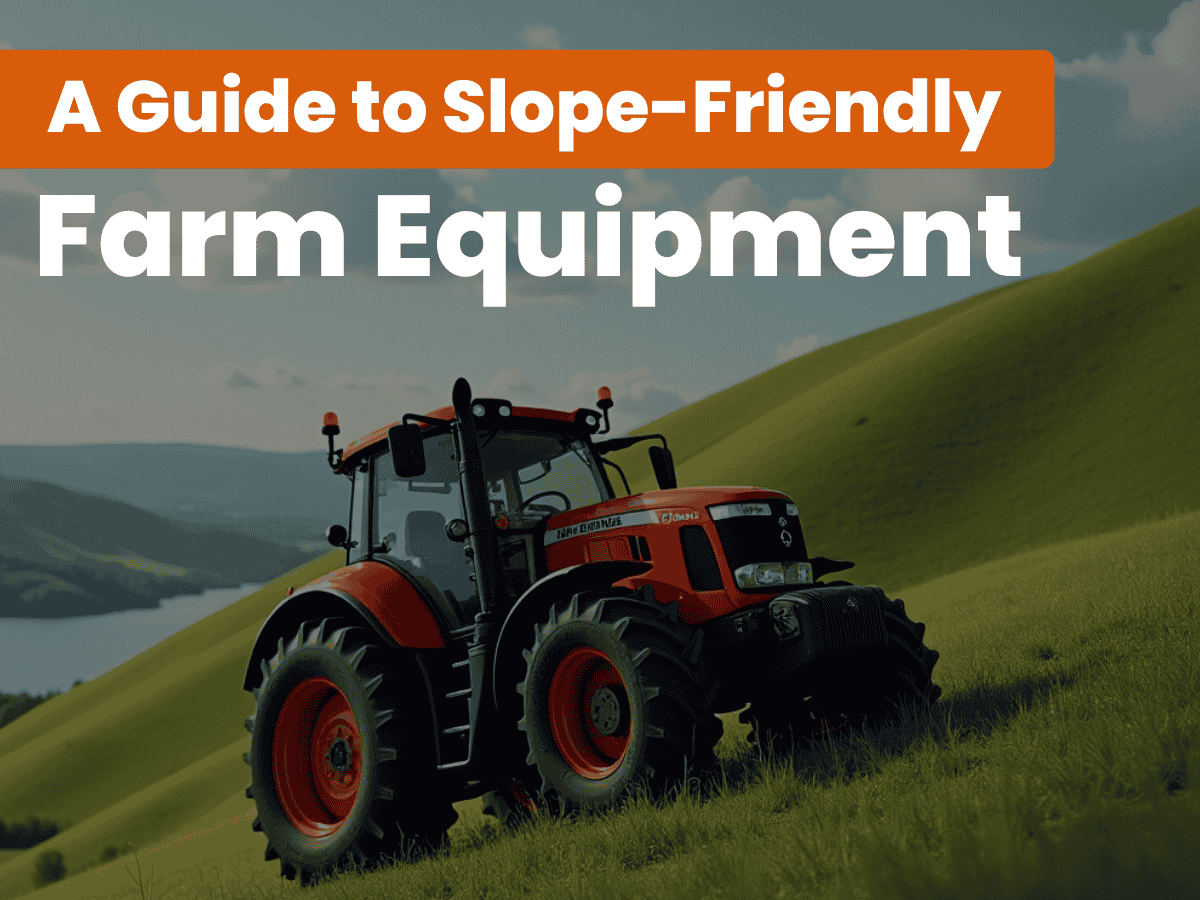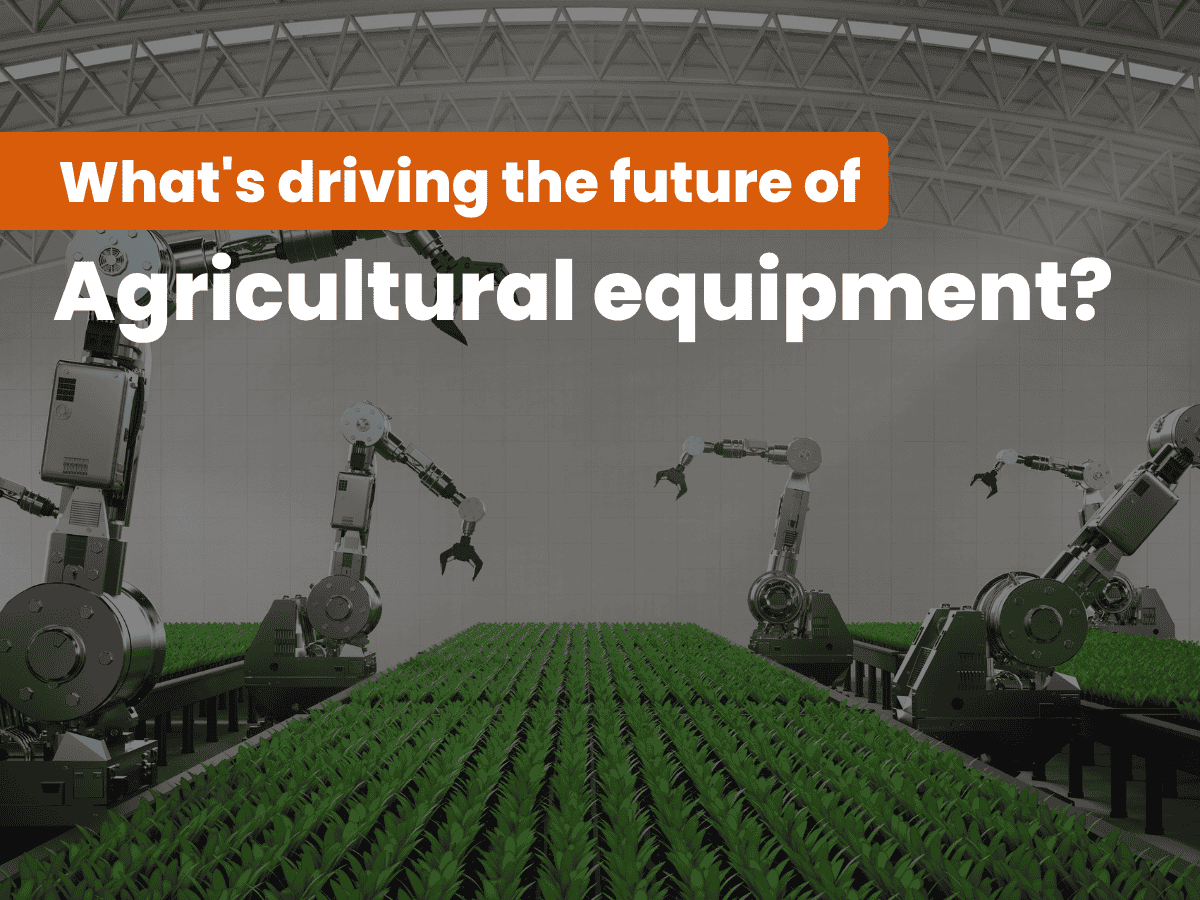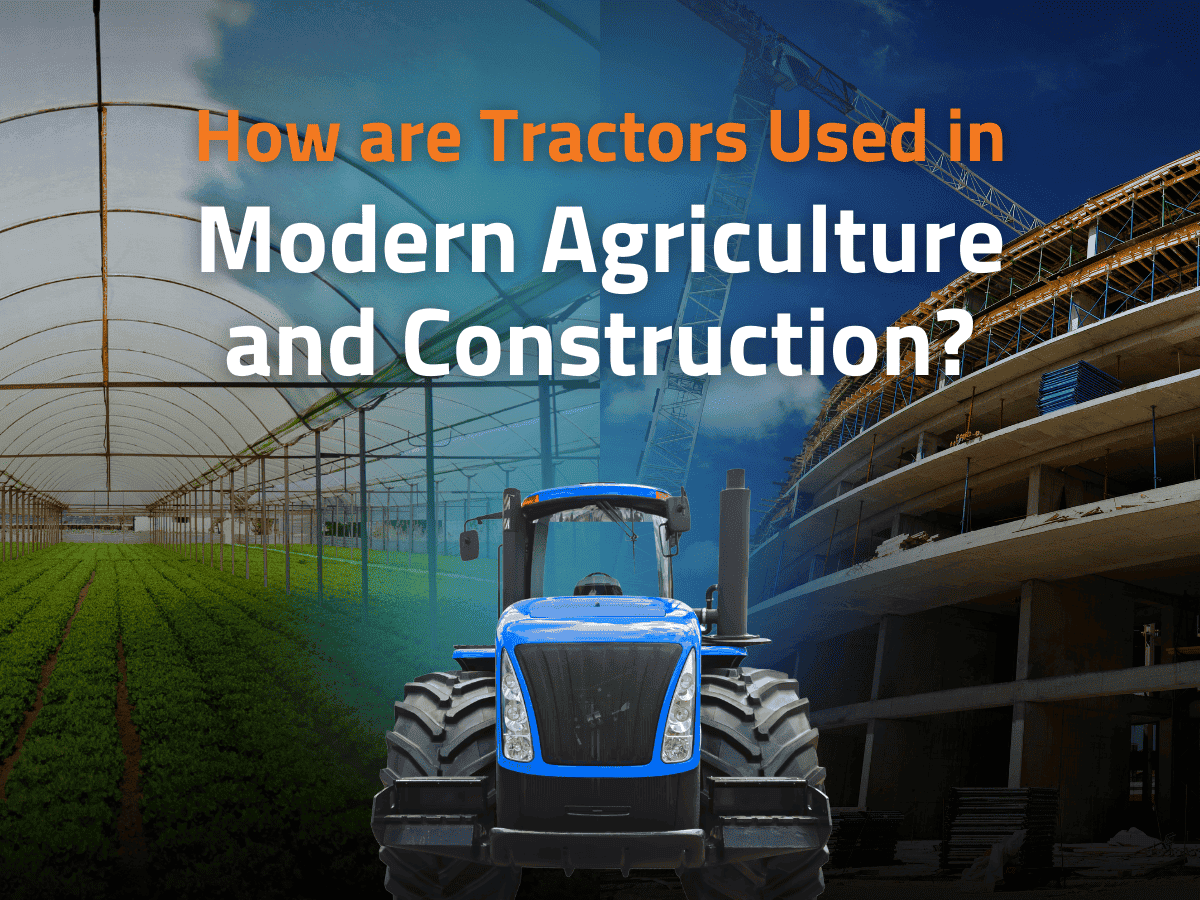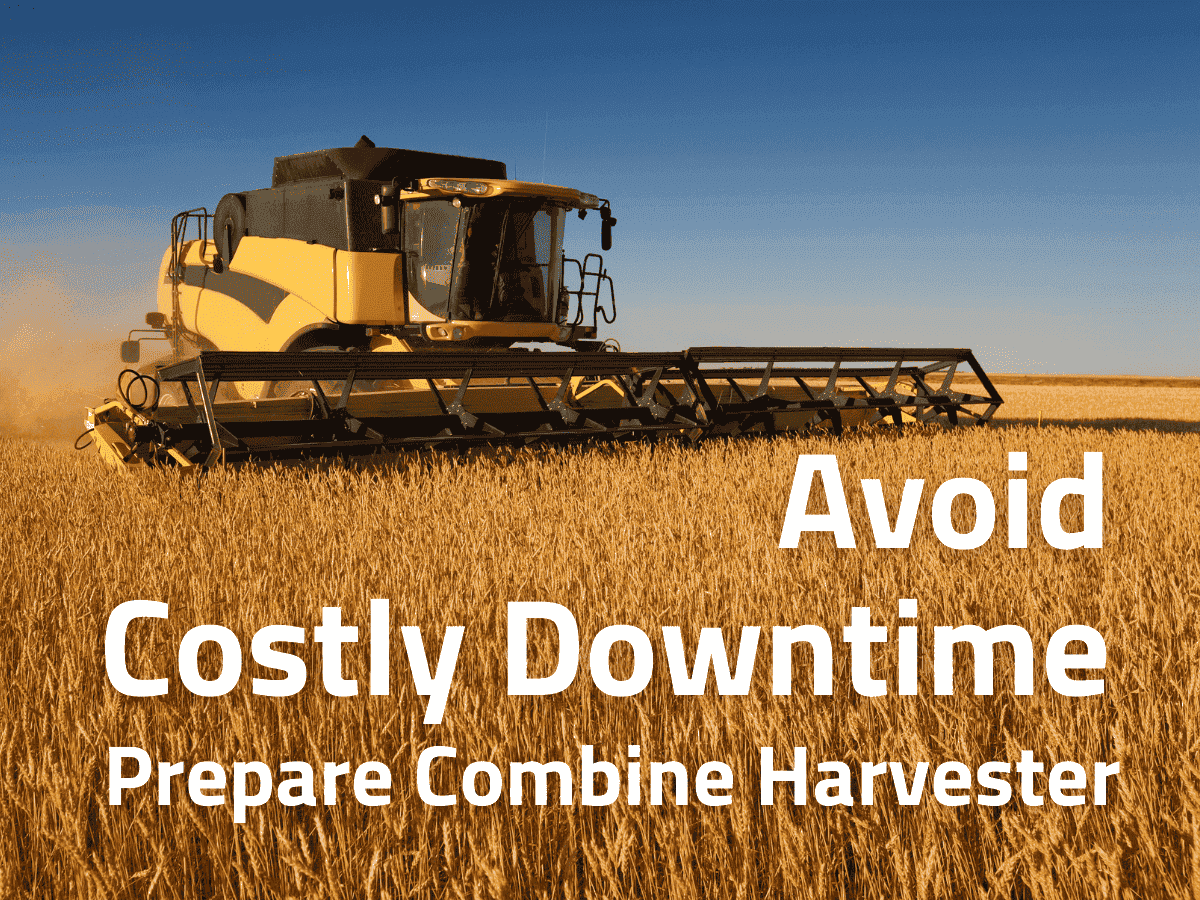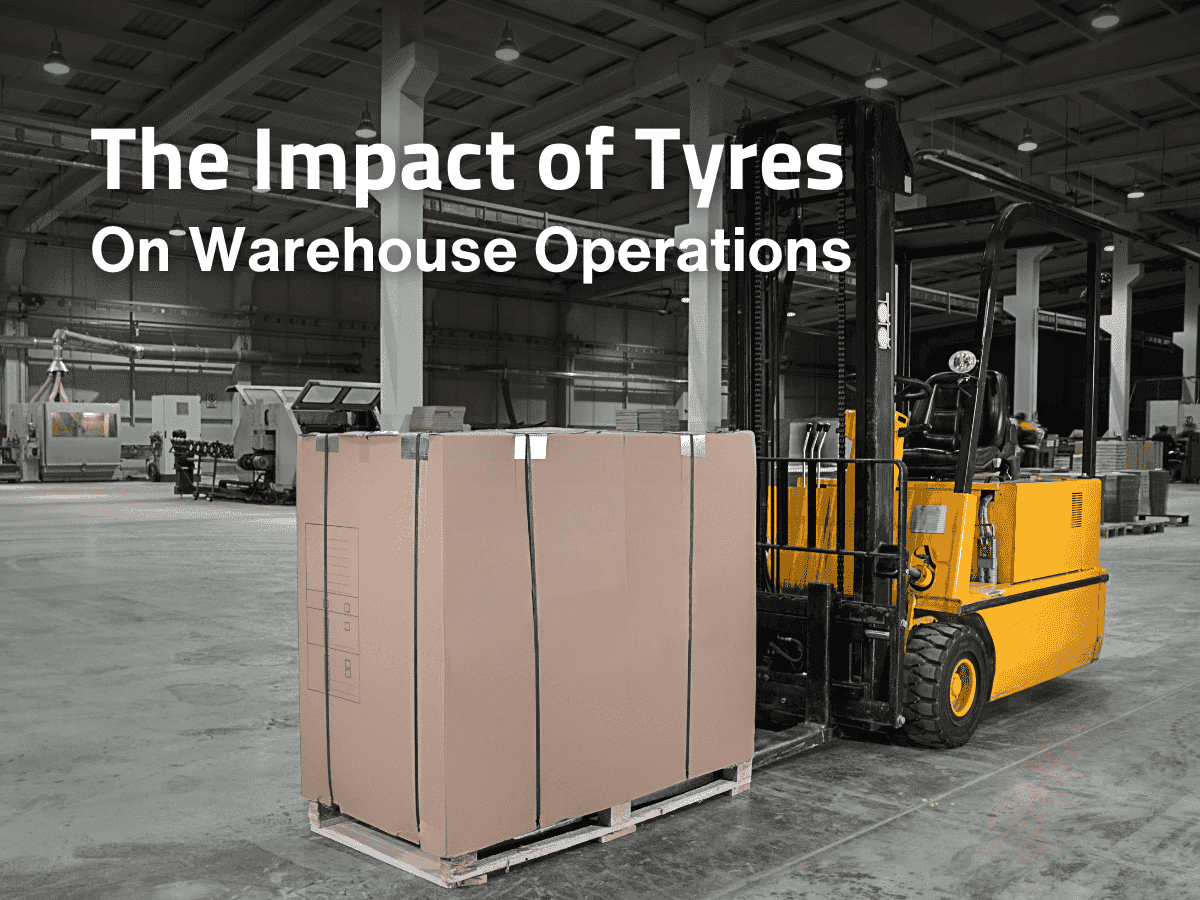ceat-speciality:blogs-tags/all,ceat-speciality:blogs-tags/equipment
What's Driving the Future of Agricultural Equipment?
Mon, 7 Apr 2025 | PRODUCTS
The agricultural sector, which feeds the global population, is undergoing a transformation driven by technological advancements, sustainability goals, and the need for increased efficiency.
As farmers face challenges such as climate change, labour shortages, and the rising cost of resources, the agricultural equipment industry is evolving to meet these demands.
The future of agricultural equipment is being shaped by innovations that enhance productivity, reduce environmental impact, and integrate cutting-edge technologies.
In this blog post, we will explore the key factors that are driving the future of agricultural equipment and how these advancements are set to revolutionise farming practices globally.
1. Automation and Robotics: Precision Farming
One of the most significant trends driving the future of agricultural equipment is automation. Automation in agriculture refers to the use of machinery and systems that can perform tasks without human intervention. Precision farming, which includes the integration of autonomous tractors, drones, and robotic harvesters, is changing the way crops are planted, monitored, and harvested.
Autonomous tractors and harvesters can navigate fields, plant seeds, and harvest crops with minimal human input. This reduces the dependency on manual labour and helps address labour shortages, especially in rural areas. The use of robotics also ensures precision, which improves yield and reduces waste.
Drones are being used for aerial surveillance, crop monitoring, and precision spraying. These devices can assess plant health, detect diseases, and even apply fertilizers and pesticides directly to where they are needed, reducing the use of chemicals and ensuring optimal crop care. As these systems become more affordable and reliable, their adoption across small and large-scale farms is expected to increase.
2. Electric and Hybrid Equipment: Sustainable Solutions
As the global focus on sustainability intensifies, the agricultural industry is moving towards electrification. Electric and hybrid-powered agricultural equipment is emerging as a viable alternative to traditional fuel-powered machinery. Electric tractors, combine harvesters, and other farm equipment are being developed to reduce carbon emissions, lower fuel costs, and reduce the environmental impact of farming.
Electric tractors, for example, offer a quieter, more energy-efficient solution compared to their diesel counterparts. They are also less maintenance-intensive, with fewer moving parts and a simplified powertrain. These tractors can be charged using renewable energy sources, making them a part of the broader effort to reduce the agricultural sector's carbon footprint.
Hybrid machinery, which combines the power of both electric and internal combustion engines, offers the best of both worlds. These machines can reduce fuel consumption while maintaining the power and performance needed for demanding tasks like ploughing and harvesting. The trend towards electric and hybrid machinery is expected to gain momentum as battery technology improves and charging infrastructure becomes more widespread.
3. Smart Sensors and IoT Integration: Data-Driven Farming
The Internet of Things (IoT) is transforming many industries, and agriculture is no exception. Smart sensors embedded in agricultural equipment are enabling farmers to collect real-time data on soil conditions, weather patterns, crop health, and machinery performance. This data is analysed to provide actionable insights that help farmers make informed decisions, optimise operations, and increase productivity.
For example, sensors can monitor soil moisture levels and send alerts when irrigation is needed, preventing both over-watering and under-watering. This not only conserves water but also improves crop yields. Similarly, sensors can track the performance of machinery, alerting farmers to maintenance needs before breakdowns occur, which reduces downtime and maintenance costs.
Tractors and other machinery connected to IoT platforms can provide a wealth of data that can be analysed for better operational management. Farmers can monitor fuel usage, equipment efficiency, and overall performance in real-time, allowing them to make adjustments that reduce operational costs and improve productivity.
4. Artificial Intelligence (AI) and Machine Learning: Smarter Farming Decisions
Artificial intelligence (AI) and machine learning (ML) are increasingly being integrated into agricultural equipment to enhance its functionality and efficiency. These technologies allow machinery to process large amounts of data and make real-time decisions based on that information.
AI-powered systems are being used to optimise planting schedules, monitor crop health, and predict harvest times. Machine learning algorithms can analyse historical data to determine the best time to plant or harvest a crop, taking into account variables like weather patterns, soil conditions, and plant growth stages. This level of precision helps reduce waste and ensures higher yields.
AI is also being used in autonomous machines to improve their decision-making capabilities. For example, self-driving tractors equipped with AI can autonomously navigate fields, adjust their speed and direction based on crop and soil conditions, and even avoid obstacles. These systems continue to learn from their environment, improving their efficiency and effectiveness over time.
5. Sustainability and Environmental Impact: Meeting Regulatory Demands
Sustainability is becoming a central concern in the agricultural industry, not just from an environmental standpoint, but also due to increasing regulations aimed at reducing carbon emissions and conserving resources. Agricultural equipment manufacturers are responding by designing machines that minimize waste, reduce emissions, and use resources more efficiently.
The use of precision agriculture technology, such as GPS-guided equipment, ensures that seeds, water, and fertilizers are applied only where they are needed, which reduces waste and minimizes environmental impact. Similarly, advancements in crop protection systems, such as targeted spraying systems, help reduce the use of pesticides and herbicides, ensuring that they are only applied to areas that require them.
Farmers are also looking for ways to reduce their environmental impact through practices like regenerative agriculture. Equipment designed to support regenerative practices, such as no-till farming and cover cropping, is increasingly popular. These practices improve soil health, reduce carbon emissions, and enhance biodiversity on farms.
CEAT Specialty’s premium tyres are a perfect fit for the latest agricultural machinery, ensuring superior performance, durability, and fuel efficiency. Designed with advanced tread patterns and materials, these tyres provide enhanced traction and load-carrying capacity, making them ideal for heavy-duty agricultural equipment. CEAT Specialty tyres contribute to optimising machinery performance, supporting the adoption of precision farming, and enhancing overall operational efficiency.
6. Precision Planting and Harvesting: Maximising Efficiency
Precision planting and harvesting equipment, which uses GPS technology and advanced sensors, allows for more accurate planting, spacing, and harvesting of crops. This technology enables farmers to optimise their planting patterns, ensuring that crops are spaced appropriately for maximum growth and yield. It also helps in reducing waste during harvest by ensuring that only mature crops are picked, reducing losses.
The ability to plant and harvest with such precision results in better crop yields and a reduction in the environmental footprint of farming operations. These systems also enable farmers to adapt to specific crop needs, improving overall productivity.
Conclusion
The future of agricultural equipment is set to be shaped by innovations that focus on efficiency, sustainability, and precision. As the world’s population continues to grow, the need for smarter, more efficient agricultural equipment will become even more critical. The adoption of these new technologies will help farmers increase productivity and contribute to a more sustainable and resilient global food system.
By embracing these innovations, the agricultural industry will be well-equipped to tackle the challenges of tomorrow. CEAT Specialty tyres play an important role in ensuring these advanced systems function smoothly and efficiently, optimizing both the machinery and the overall farming process.


